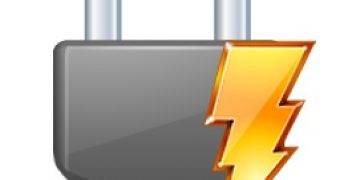The Norton Safe Web project, run by Symantec, issued a list containing the dirtiest websites on the web. The dirty site list is spearheaded by a website containing no more, no less than 56,371 malware threats. The average of all websites on the list is a staggering 18,000 different threats.
Coming to show no surprise, adult-themed websites take 48 out of the 100 available positions on the list. On the other hand, surprising are the various fields of activity for other websites on the list: catering, figure skating, deer hunting, retail or legal services.
The champion of all infected websites, the number one on the list, is a Saudi Arabian-owned website, hosted in the US, which accounted for numerous downloader trojan infections. More serious is, on the other hand, a US-based catering company's website, which holds 23,414 infections that vary from simple viruses to security threats and drive-by download threats.
Viruses were the most common threats recorded by the Safe Web project, and, through the simple accidental navigation to one of these websites, a user could expose their computer to numerous waves of virus attacks or infostealers.
Dan Schrader, senior product manager at Symantec, said the following in an interview with SCMagazineUS: “There are many different ways that sites can be infected with malware, but attackers typically use SQL injection techniques, which exploit vulnerabilities in web server technologies.” Other times, the machines of individuals that maintain the website become infected and malware is inadvertently posted when the site is updated.
Symantec's project, Safe Web, has been on the rise for a while, growing its database of scanned hosts and infected sites. Safe Web uses the classical signature-based file scanning to detect various online threats. These include: phishing sites, malicious downloads, browser exploits, security threats and links to unsafe external sites.
More details can be found on the Safe Web Dirty Sites page, here.

 14 DAY TRIAL //
14 DAY TRIAL //